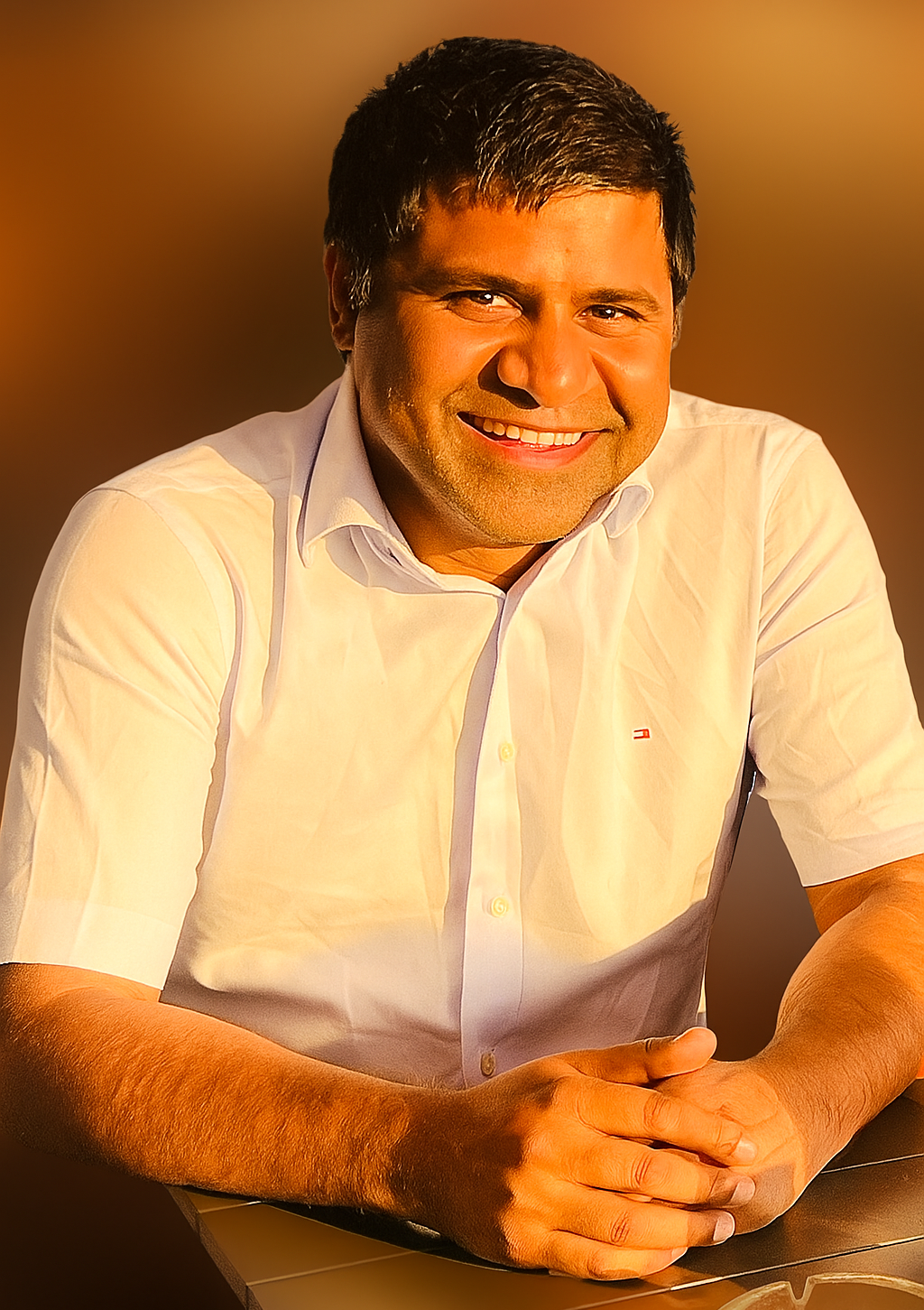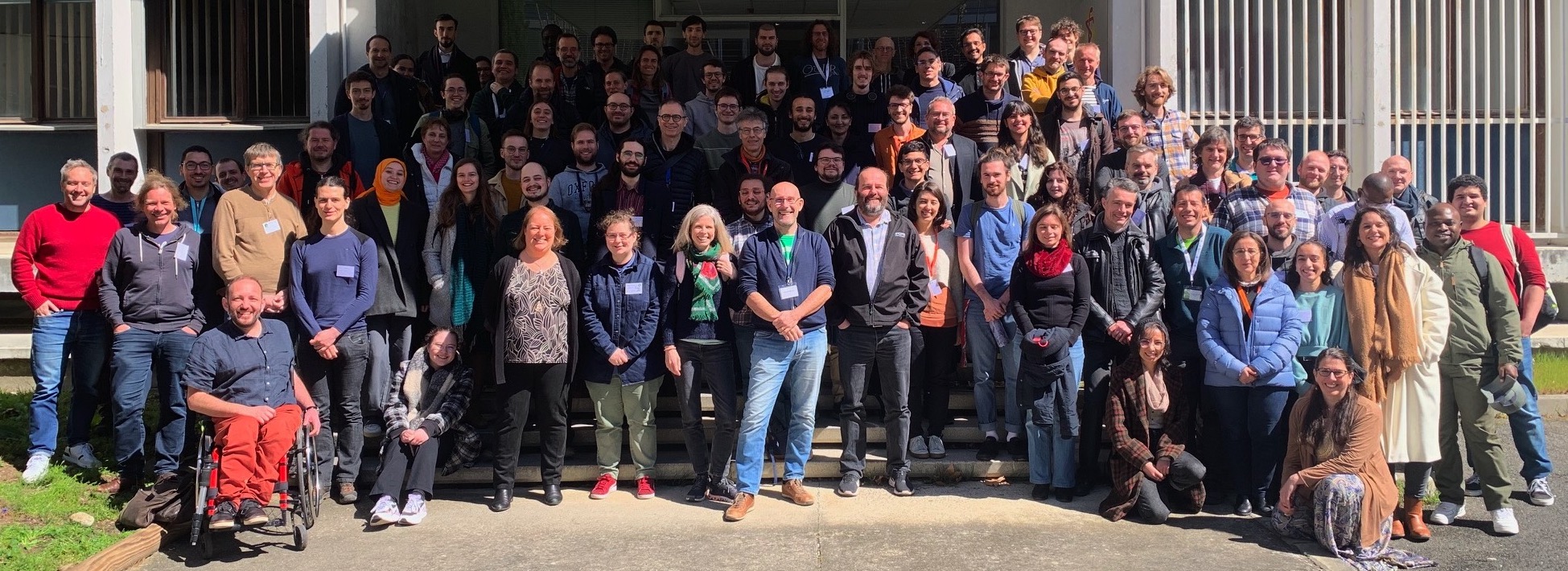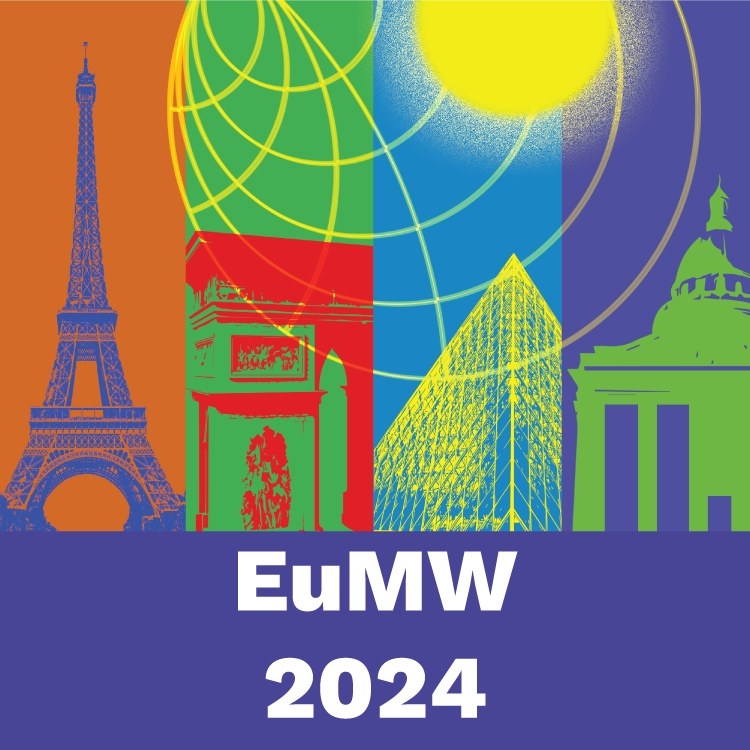#3 Portrait – Mohammed Mallik
Publié le

Science in Focus
The Poster Winners
for the JEN Project
#3
______________________
MALLIK
Mohammed
Institut d’Electronique, de Microélectronique et de Nanotechnologie (IEMN)
Lille
Advisors: Prof. Dr. Laurent Clavier, Prof. Dr. Davy P. Gaillot
During the annual PEPR Future Networks Days at Enseirb-MATMECA in Bordeaux, PhD students and postdoctoral researchers from the projects presented their research work to the community. A best poster competition was held, awarding one winner per targeted project. This series, “Science in Focus – The Poster Winners”, aims to highlight the work of the winning doctoral students.
Discover the third portrait of our “Science in Focus – The Poster Winners” series: Mohammed Mallik from JEN project
Academic and personal journey
I completed my Bachelor’s degree in Electrical and Electronics Engineering from universities in Bangladesh and Malaysia, which laid the foundation for my interest in technology and innovation. Motivated to deepen my expertise, I pursued a Master of Science in Germany at Karlsruhe University of applied Sciences, specializing in Artificial Intelligence and Data Science. During my master’s, I worked at Boehringer Ingelheim as a data scientist, contributing to the development of a stroke rehabilitation and aftercare project—a doctor-free exercise app powered by convolutional neural networks. This experience fueled my passion for applying AI to real-world problems and inspired me to pursue research. I want to express my sincere thanks and gratitude to my advisor, Davy Paul Gaillot, and co-advisor, Laurent Clavier, for their unwavering support and guidance throughout my Ph.D. journey. Beyond their invaluable technical assistance, they recognized my research potential early on and encouraged me to embark on this path. Their mentorship allowed me to develop my own research agenda and helped me build connections with many collaborators, significantly enriching my academic experience. Now I am swimming through to reach my goal.
Thesis and research project
The goal of the thesis research is to estimate electromagnetic field (EMF) exposure in cities, especially with the new 5G networks. These maps help us understand how much radiation people are exposed to from mobile antennas. However, it’s not easy to measure EMF everywhere in a city—taking physical measurements is slow, expensive, and limited to a few positions. So instead, we use artificial intelligence (AI) and machine learning to predict the full map based on a few sensor readings. We propose two main approaches:
- Using images and AI models to “translate” sensor data into EMF maps.
- Using a Modern Machine learning (an infinite-width network) to predict EMF levels, even with very scarse data.
Scientific Stakes
- Develop new AI techniques (like GANs and infinite-width neural networks) for solving real-world environmental sensing problems.
- Improve the accuracy and efficiency of EMF mapping using limited, sparse sensor data.
Current research project:
The target of the current project at INSA Lyon with Prof. Guillaume Villemaud is energy-efficiency of future network infrastructures at high layers. Several approaches will be explored: the efficient use of renewable energy sources, the various already deployed network infrastructures at a territory scale, the orchestration of lower-layers energy-efficient mechanisms, and the design of energy-aware management solutions. EMF exposure and energy consumption. Even if no adverse health effects have been established based on decades of research on EMF exposure from mobile communication equipment, this concern may have an impact on users/citizens acceptability of new wireless technology. This is particularly the case during the roll out of a new generation of mobile network infrastructure, since the general public typically have limited knowledge about the new technology. On the other side, better energy efficiency does not guarantee lower energy consumption especially with increased used. With the launch of 5G, many questions about its real energy consumption have arisen. The debate was active and the answers not consensual between the real measurements which showed that 5G base stations consume more than those of 4G and certain theoretical studies focusing on only certain aspects showing substantial gains in energy efficiency.
Aim is to develop a framework for future mobile network using AI based tool (RL, CNN) to optimize the networks energy efficiency in terms coverage, and emf exposure. Apart from this, another project I am colaborating with Dublin City University on cell free massive mimo network optimization in terms of coverage and energy efficiency.
Societal Stakes:
- Help the public and health authorities better understand EMF exposure from 5G and other wireless technologies.
- Support regulation and safety assessment, especially in urban environments with many antennas.
- Reduce the need for costly and time-consuming physical measurements by using smarter, data-driven tools.
PEPR and you!
What the PEPR environment and the exchanges with the communities during the 2025 days have brought you?
Participating in the PEPR Environnement and the 2025 Days allowed me to connect with researchers from various disciplines, fostering valuable scientific exchanges. These discussions helped me gain new perspectives on environmental challenges related to wireless network optimization. I also discovered complementary approaches that could strengthen my research. Overall, the event sparked new ideas and potential collaborations.
Vision and future
What are your expectations for after your postdoc?
I hope to apply my expertise in AI and wireless networks to develop innovative solutions for smart cities and environmental monitoring. I also aim to collaborate with industry and research centers to bridge theory and practical applications in telecommunications.
Finally, what would you say to future doctoral candidates?
Stay curious and embrace challenges as opportunities to learn and grow. Build a strong network and don’t hesitate to seek help—research is a team effort, not a solo journey.
Mohammed Mallik’s poster for JEN project
More news Key events


